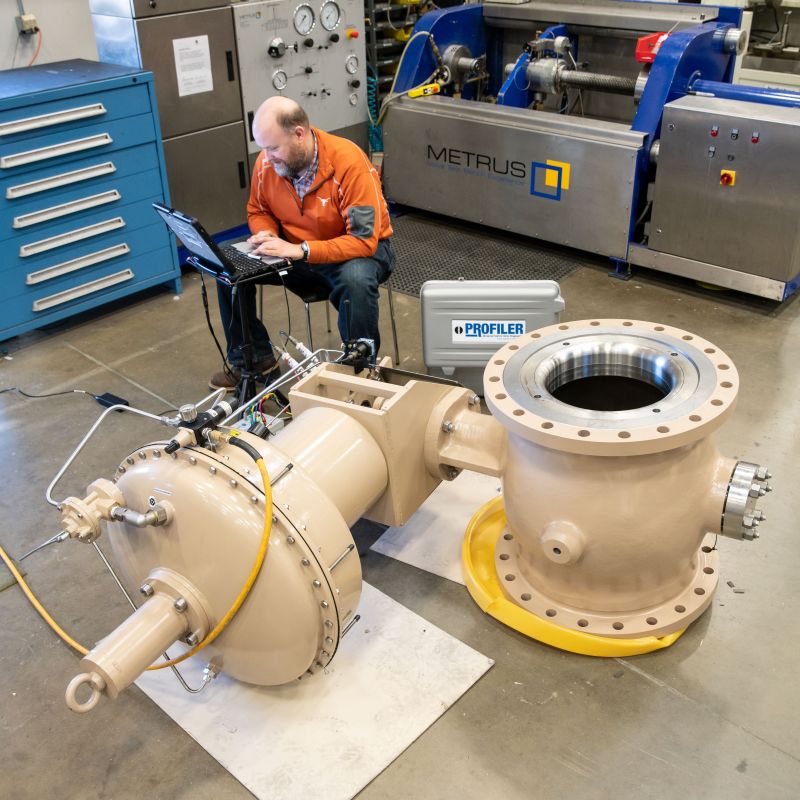Control valve problems can lead to poor loop performance and, in many cases, complete (and often unexpected) valve failures.
Understanding some of the most common types of valve problems will give you the background you need to address any issues that might arise. However, unless you have the know-how – and the right tools – to troubleshoot valve problems, you could encounter unwanted and costly problems.
Potential Control Valve Problems
Control valves are subject to a wide array of potential problems. The nature and extent of those problems can vary depending on the specific equipment in question, the process loop type, and other factors.
These are some of the most common control valve problems you could encounter.
Hysteresis
Hysteresis refers to the flow difference between the valves up-stroke and down-stroke. Because the valve is trying to maintain desired flow, it will remain in constant motion to reach the desired target. Static friction, among other factors, can be a common cause of hysteresis.
Deadband
Control valve deadband is often considered the opposite of hysteresis. In other words, this phenomenon occurs when there is no movement in the valve, despite the actuator being in motion. This phenomenon occurs due to excess “play” or looseness within the mechanism, incorrect actuator sizing, positioner defects, or valve friction.
Stiction
Stiction, a common term for static friction, generally means something sticking within the valve due to friction. This phenomenon often occurs when the positioner or actuator is not sized correctly. This problem can also develop due to excessive valve wear or if scaling is present. It can also occur due to extreme tightness in the valve stem seal or issues within the positioner.
Why Control Valve Testing Is Important
Many problems described above can also be present in your process without causing substantial concern. Most mechanical devices experience some degree of stiction, for example, without the need to address the issue. Problems occur when you cannot identify the reasons for performance issues; even worse, you may be experiencing an issue without realizing it.
For this reason, regular, comprehensive valve testing is necessary to ensure ongoing, reliable operation.
Automatic valve testing is also essential for maintenance purposes. Getting the proper feedback ensures you can properly tune your valves for optimal performance, reducing the strain on the system and increasing equipment lifespan. You will experience fewer problems, particularly unexpected failures and process interruptions.
Troubleshooting Control Valve Problems
Unfortunately, it can be challenging to determine the specific issue within a control valve – unless you have the knowledge, tools, and technology necessary for comprehensive troubleshooting.
Poorly performing valves call for a practical and affordable valve testing solution. SofTek Engineering has the answers you need today.
Automated control valve diagnostics and testing equipment – including our Profiler and Profiler Mini systems – provides the answers you need for optimal valve performance. Our solutions allow you to conduct your valve testing on-site, returning robust results that don’t require reliance on third-party testing.
Contact us today to learn more about control valve diagnostics and other testing systems (block valve and safety relief valve).


